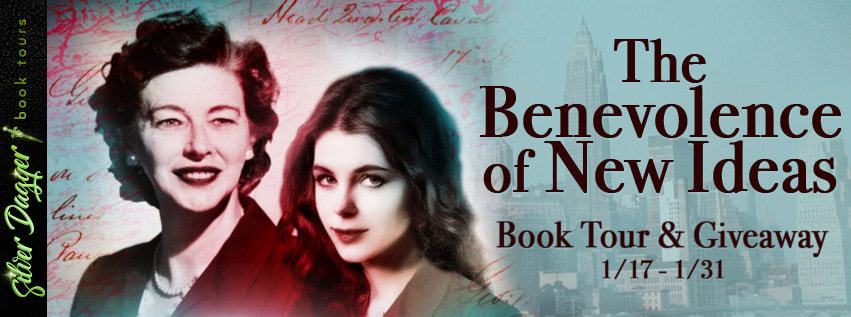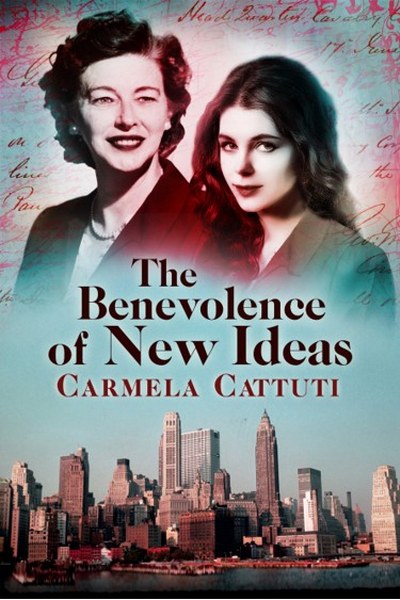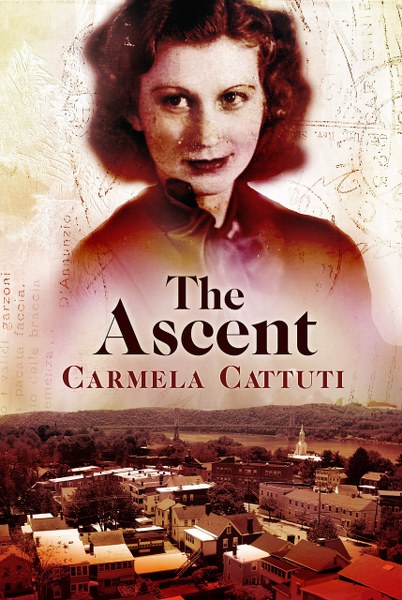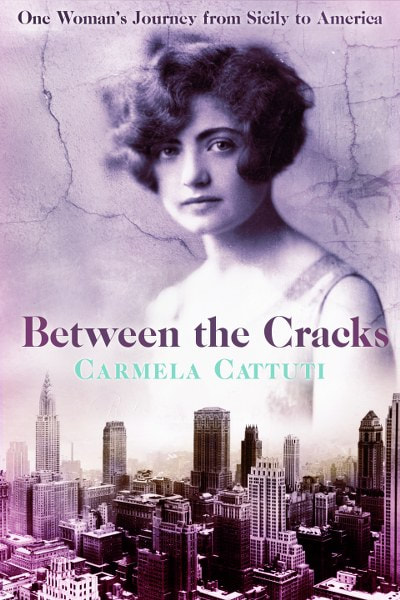The Benevolence of New Ideas
One Woman's Journey From Sicily to America Book 3
by Carmela Cattuti
Genre: Historical Women's Fiction
The satisfying conclusion to Angela Lanza’s story which began in Between the Cracks when she loses her entire family in the earthquake on Sicily following the 1908 eruption of Mt. Etna and continues in The Ascent as she adjusts to life in the United States as a new bride and Italian American immigrant. Now, the final installment in the trilogy, The Benevolence of New Ideas, thrusts Angela and her family into the heart of the Vietnam War and the turbulent times of the 1970s.
As the family matriarch, Angela guides her niece, Marie, through these challenges and the era’s limiting structures of education and organized religion, helping Marie to embrace new ideas and expand her intuition and relationship with the unseen world. Angela’s compassion and wisdom has an exceptional impact on Marie’s life and those around her. A fulfilling ending that celebrates Angela’s wisdom in all things along with her well-lived life from tragedy to triumph and from heartbreak to the enduring love of family.
The Transition
Angela sat by her husband’s hospital bed and waited for the end to come. She wondered how she should move forward in her life after Franco took his last breath. He had married and brought her from Sicily in 1913 and now, years later he lay dying from a stroke. In life he constantly expressed his opinion regardless of popular sentiment and now his voice was gone, and his shallow breathing was the last functioning system. He had had several strokes over the years, now this was the one that would take his life. Angela had sat with many of her family members and friends during the past decades as they transitioned into the next world: her mother-in-law, sister-in-law, and older Italian immigrants who left their homeland and never saw the land of their birth again.
Franco’s chest rose slowly and fell abruptly as if his lungs were attempting to perform their function but the soul who had inhabited the body had already vacated and was waiting for his lungs to stop so he could complete the process and move on. When Franco executed his final breath, Angela anxiously awaited his next inhale, but his chest was still. He had gone.
Angela had cared for him during his long illness and now she was free. The relief she felt made her cringe. How could she so easily feel relief when Franco had suffered? She grieved but was thankful there would be no more concerns about leaving him home alone or trips to the doctor, or Franco insisting he could perform a task when he couldn’t. He had immigrated from Sicily at age twelve in the early 20th century full of energy and promise. Now, in 1968 Angela looked back and felt he had been successful in fulfilling that promise. Franco had brought Angela, at age eighteen from the convent orphanage in Palermo where she had lived since the 1908 earthquake to a new life in Nelsonville, New York, about forty-five minutes north of Manhattan. It was not the life she thought she would have in America, but what she had created in America she never would have had the opportunity to experience had she stayed in Sicily.
Angela kissed Franco several times on both cheeks and on the lips. The doctors had said it was a matter of time until he would pass away. She could see death hovering and begin to slowly drape his body from his head to his feet as if giving Angela time to say good-bye.
“Adio mio caro,” whispered Angela. “Grazie di tutto.” Tears rolled down her face onto Franco’s cheek and mouth. His eyes were open and fixed, as if peering into the world beyond. She put her hands on the sides of his face and with her thumbs closed his eyes. A nurse stepped into the room.
“He’s gone,” said Angela.
Angela gathered her pocketbook and scarf, went to the door, and stepped over the threshold. The nurse had covered Franco’s body with a sheet as if to close a chapter on a life. The 1960s were ending and so was Angela’s former life and attitudes.
The Ascent
One Woman's Journey From Sicily to America Book 2
The sequel to Carmela Cattuti's first novel, Between the Cracks,, this story invites the reader to accompany Angela Lanza as she builds her life in America during the first half of the 20th century. A Sicilian immigrant, she manages to assimilate into the social life of a small town outside of New York City. Through the horrors of war, domestic tragedy, and raising her sister-in-law's children, hers is a successful immigrant experience. Angela seeks to transcend organized religion and develop her spirituality. She influenced three generations of Americans through her artistic sensibility and a sharpened intuition. The book parallels America's growth with Angela's growing sense of who she is in the world.
Between the Cracks
One Woman's Journey From Sicily to America Book 1
Carmela Cattuti started her writing career as a journalist for the Somerville News in Boston, MA. After she finished her graduate work in English Literature from Boston College she began to write creatively and taught a journal writing course at the Cambridge Center for Adult Education. As fate would have it, she felt compelled to write this homage to her great-aunt, who survived the earthquake and eruption of Mt. Edna and bravely left Sicily to start a new life in America. Between the Cracks and The Ascent began the story, which now concludes with the final book in the trilogy.
Follow the tour HERE for special content and a giveaway!
$10 Amazon















Very in depth review, great book!
ReplyDeleteThank you Calvin. Overall, the series is well-written and engaging.
Delete